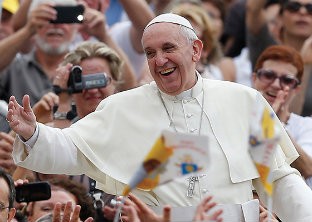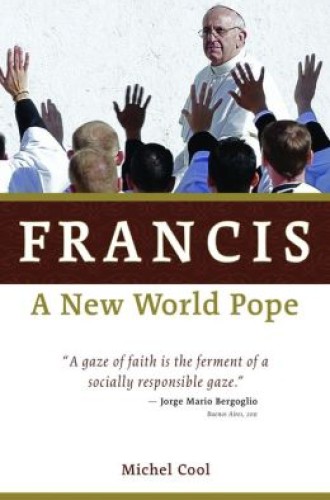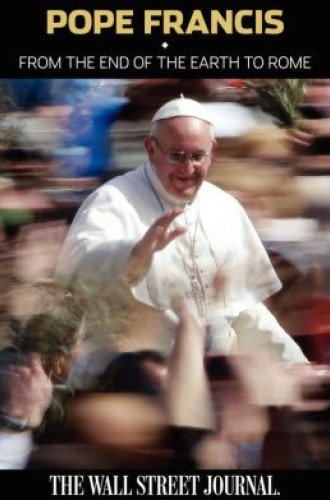Pastor Francis

Last spring, while the world waited for the successor to Pope Benedict XVI to be announced, a researcher for National Public Radio called me to ask why popes change their name when assuming the papacy. I explained that the custom started in the sixth century when the chosen candidate bore the unfortunate name of Mercury. Since the bishop of Rome could hardly bear the name of a pagan god, the new pope took the name John.
In the course of our chat, I said in passing that it was odd that no pope ever took the name Francis. Perhaps new popes worry that they cannot live up to the model of Il Poverello.
Later that same day, Jorge Bergoglio was elected pope and took the name Francis. When asked to comment on that choice by another news outlet, I could not but recall the old Latin saw: nomen omen. Did Pope Francis indeed have in mind the Poor Man of Assisi (who was not even ordained to the priesthood)? Or was he thinking of Francis Xavier, the Jesuit missionary, or perhaps, Francis de Sales, the pastoral bishop and spiritual writer? Rather quickly the new pope made it clear that he had Francis of Assisi in mind.






